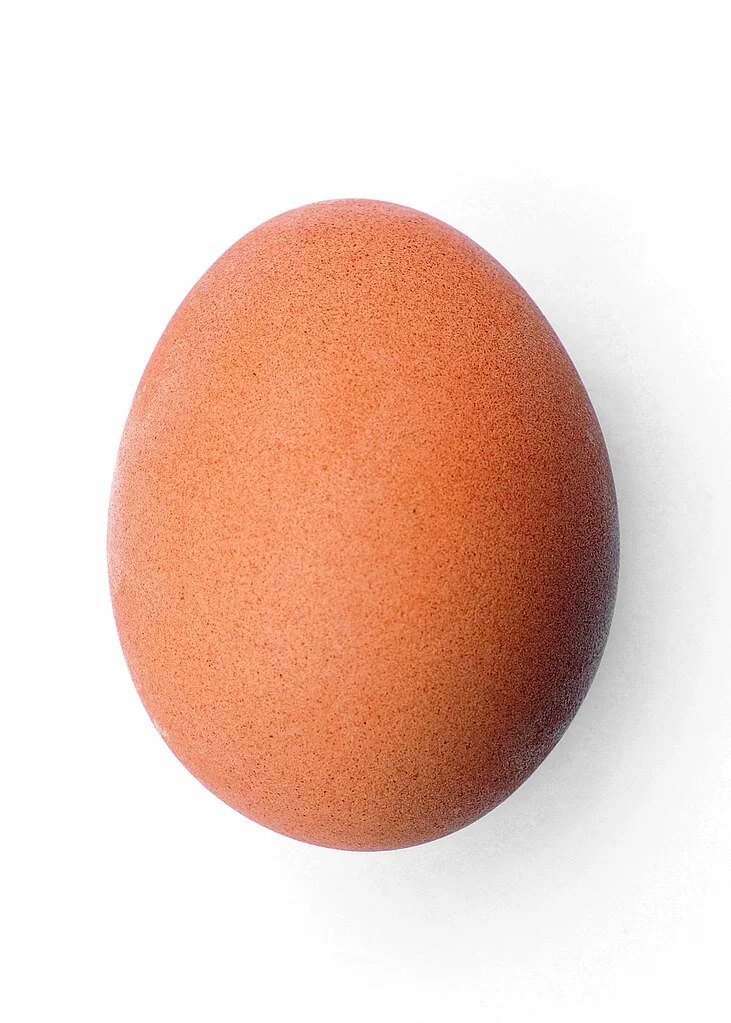28 August 2023
Steward has a variety of meanings. We perhaps most often encounter it today, along with its female counterpart stewardess, in the context of air travel, although those uses have largely been overtaken by flight attendant. One can also encounter it in church circles, where stewardship refers to fund raising. But it’s oldest meaning is that of a guardian, one who cares for a noble’s estate.
Steward is a compound of the Old English stig (hall) + weard (guardian). Perhaps the earliest attested use of the word is in a translation of Augustine’s Soliloquies. This text appears in the Southwick Codex, one of two codices that constitute London, British Library, MS Cotton Vitellius A.xv. (The other is the Nowell Codex, also known as the Beowulf Codex.) The Southwick Codex was copied during the twelfth century, but the text is widely thought to have been composed a few centuries earlier. The translation of the Soliloquies has traditionally been ascribed to King Alfred the Great, although recent scholarship disavows that attribution. The lines in question read:
Sam ic wylle, sam ic nelle, ic sceal secgan nide right, buton ic leogan willæ. Gyf ic ðonne leoga, þonne wot God það; forði ic ne dear nan oððer secgan butan soð þæs ðe ic gecnawan can. Me þincð betere þæt ic forlete þa gyfe and folgyge þam gyfan ðe me egðer ys stiward ge ðæs welan ge ac hys freonscypes, buton egðer habban mage. Ic wolde þeah egþer habben, gyf ic myhte ge ðone welan ge eac hys willan folgyan.
(Whether I want to or not, I must speak the truth, unless I am willing to lie. If I lie, then God will know it. Therefore, I dare not speak anything other than the truth, as far I as can know it. I think it is better that I forsake the gift and follow the giver, who to me is the steward both of riches and of his friendship, unless I might have both. I would like to have both, if I could have riches and also follow his will.)
We see steward in the title of a minor noble in the entry for the year 1093 in the Peterborough Chronicle. The entry describes the death of King Malcolm III of Scotland:
Ac hraðe þæs þe he ham com, he his fyrde gegaderode & into Englelande hergende mid maran unræde ferde þone him a behofode, & hine þa Rodbeard se eorl of Norðhymbran mid his mannan unwæres besyrede & ofsloh; hine sloh Moræl of Bæbbaburh se wæs þæs eorles stiward & Melcolmes cinges godsib.
(And soon after [Malcolm] returned home, he assembled his troops and raided into England with greater hostility than was wise of him, and Robert, the earl of Northumberland, with his men surprised and defeated him; Morel of Bamburgh, who was the earl’s steward and King Malcom’s godfather, killed him.)
From this sense of a someone who served as manager of an estate came comes the sense of servant who keeps stores and serves meals. We see this sense in the fifteenth century, first in naval parlance and then more generally. We see it applied to train travel at the turn of the twentieth century and to air travel by the 1930s.
Stewardess, referring to a woman who serves as a steward appears in the seventeenth century.
In Old English, stig can also refer to a pig sty, and therefore a myth has arisen that the original meaning of steward was that of someone who took care of pigs, but there is no reason to think that this is the case. The idea of “hall guardian” fits the known uses far better.
Sources:
Carnicelli, Thomas A., ed. King Alfred’s Version of St. Augustine’s Soliloquies. Cambridge, Massachusetts: Harvard UP, 1969, 62. London, British Library, MS Cotton Vitellius A.xv.
Irvine, Susan. The Anglo-Saxon Chronicle 7. MS E. Woodbridge: D.S. Brewer, 2004, 103. Oxford, Bodleian Library, MS. Laud Misc. 636, fol. 69r. JSTOR.
Lockett, Leslie, ed. Augustine’s Soliloquies in Old English and Latin. Dumbarton Oaks Medieval Library 76. Cambridge, Massachusetts: Harvard UP, 2022, 220.
Oxford English Dictionary, second edition, 1989, s.v. steward, n., stewardess, n.
Photo credit: Swissair, 1934. Wikimedia Commons. Licensed under a Creative Commons Attribution-Share Alike 4.0 International license.





